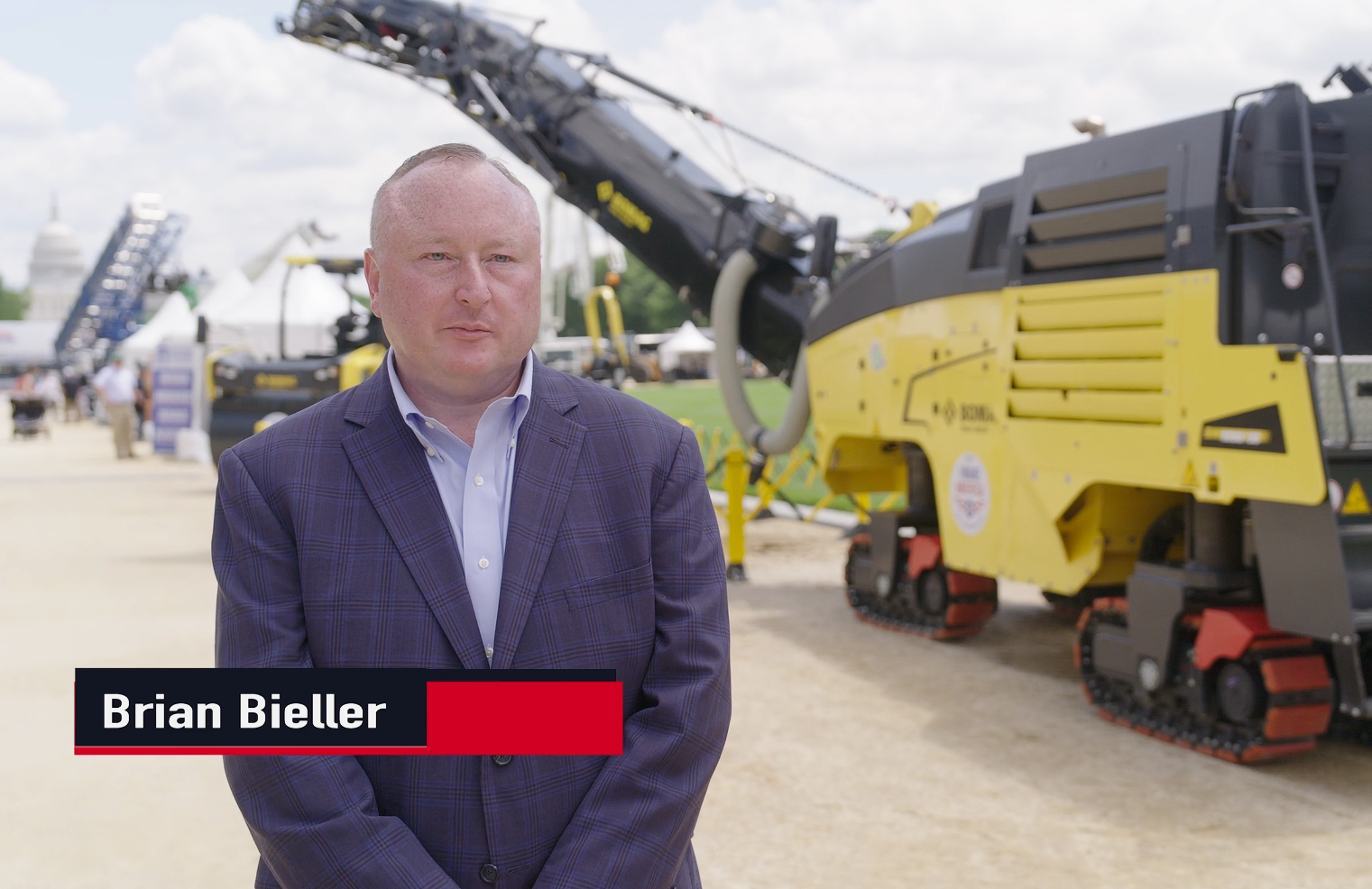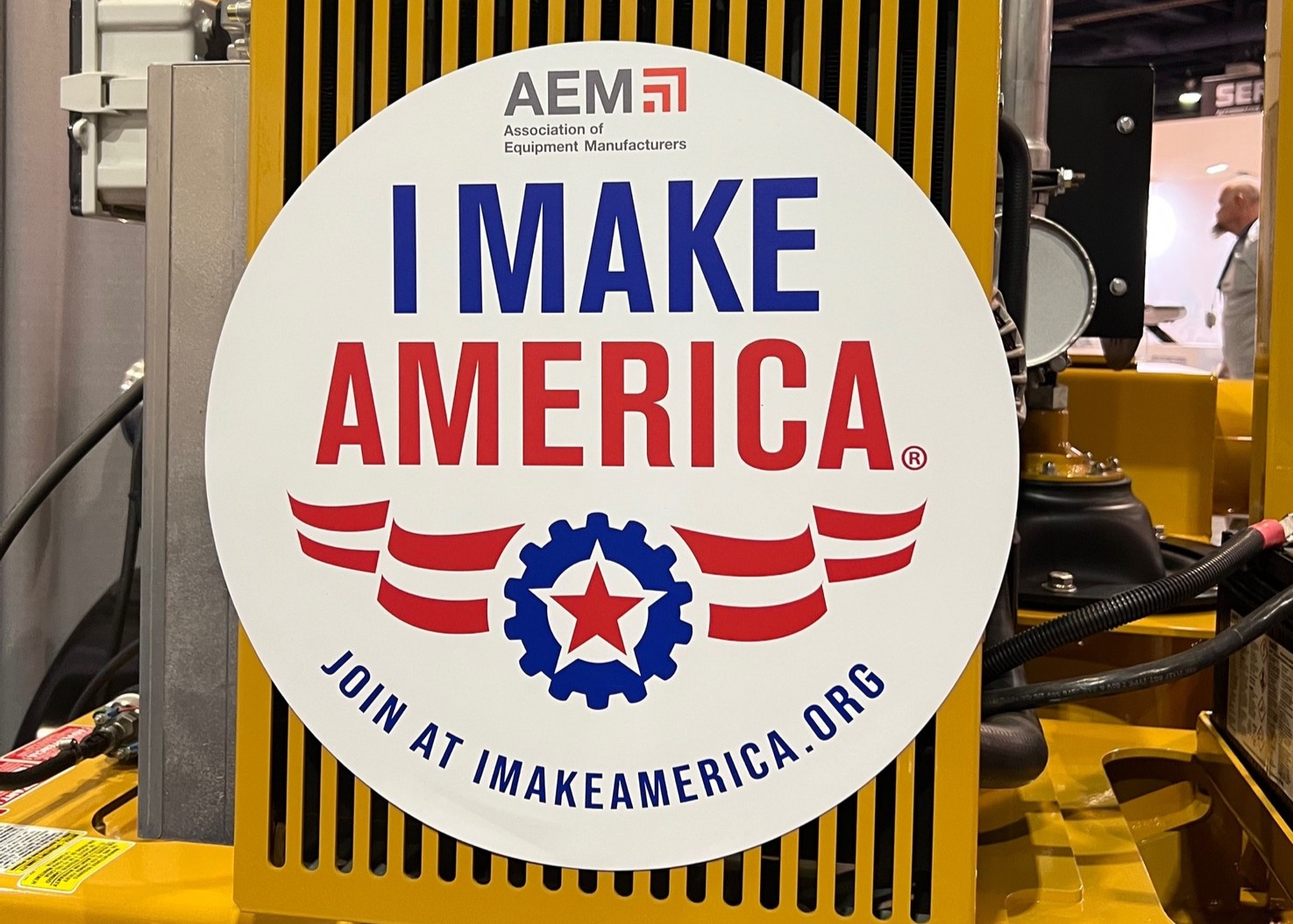By Kip Eideberg, AEM Senior Vice President of Government and Industry Relations —
Editor’s Note: This was originally published by The Hill, a top U.S. political website read by the White House and more lawmakers than any other site – vital for policy, politics, and election campaigns. It is being republished here with their permission.
At a time when there are more than 85,000 job openings in the industry, equipment manufacturers are grappling with a sober reality: In many parts of our country there simply are not enough Americans to fill all the open jobs. Immigration reform would help us fill these positions and keep farmers farming and construction projects moving forward.
With immigration reform, the flash points are always the same: Republicans prioritize border security and deportations of immigrants who entered illegally, while Democrats place greater importance on paths to legal status for those who entered the country illegally. In 2013 the bipartisan “Gang of Eight” U.S. senators unveiled comprehensive immigration reform legislation, which passed the Senate with 68 votes but never became law after the GOP-controlled House refused to consider it. In 2009-2010 immigration reform failed even though Democrats controlled both the executive and legislative branches.
The repeated failures to reform immigration are felt firsthand in Iowa, which is home to more than 130,000 equipment manufacturing workers. Most of them live and work in the state’s rural counties. Between 2020 and 2022, most of Iowa’s population decline occurred in rural areas — and by as much as 3 percent. It is the same story across the industrial heartland.
Immigration hard-liners overlook the fact that immigration and refugees help sustain rural areas, while domestic migration has drawn people away. Throughout the COVID-19 pandemic, Illinois, Michigan and Ohio lost population, while another six Midwestern states experienced growth below the national average, according to the Council of State Governments. This is a significant problem for equipment manufacturers, who rely on the Midwest to supply 1.7 million workers, or roughly half of the industry’s total labor force.
The impact of worker shortages is not only felt in rural areas. Equipment manufacturers across the country are struggling to find skilled workers such as welders, machinists and parts finishers. According to Chip McElroy, president and CEO of Tulsa, Okla.-based McElroy Manufacturing, the company is currently struggling to fill 40 manufacturing jobs. Pat Weiler, president and CEO of Weiler, is looking to hire 50 to 100 skilled or trainable welders and machinists in Iowa and another 40 to 75 workers in Georgia.
The problem is the same for our customers. American farmers and ranchers struggle to find people willing to harvest and process the food that feeds our country. The Department of Labor projects an average of more than 140,000 job openings for agricultural workers each year this decade. According to the Associated Builders and Contractors, the construction industry must hire an additional 545,000 workers this year alone to meet expected demand.
Large margins of Americans support immigration reforms that strengthen border security, increase nonimmigrant visas and temporary programs, and offer a solution for immigrants brought to the United States as children. But our elected officials remain hopelessly caught in a partisan doom loop. Meanwhile, businesses pay a very real price for their inaction.
When done right, immigration not only helps manufacturers fill open positions but allows us to live up to our heritage as a nation of laws and a nation of immigrants. Last year, Waukesha, Wis.-based Husco hired more than 30 Afghan refugees, filling critical sub-assembly and material handling positions. Equipment manufacturers need to attract and hire from the widest labor pool possible, and immigration significantly expands that labor pool.
Congress must increase high-skilled and shopfloor-skilled immigration, prioritize applicants based on workforce demands, and allow businesses to efficiently hire and keep students graduating from American universities. Equipment manufacturers need Congress to significantly increase the number of available H-1B visas for current workforce needs, and reform H-2A and H-2B programs to ensure greater flexibility for employers and workers and allow for longer-term temporary workers. Congress also needs to strengthen border security and provide a pathway to legal status for individuals brought to the country illegally as children.
This issue affects all Americans. The United States has almost 2 million fewer workers in the labor force today than in 2020. If equipment manufacturers need another 85,000 workers, it is a fraction of the national shortfall. Labor shortages are themselves a driver of inflationary consumer prices and severely restrict our economic growth and competitiveness. The future success of our industry and the health of the U.S. economy demands that Congress take action on immigration reform.
For more perspectives from AEM staff, subscribe to the AEM Industry Advisor.





